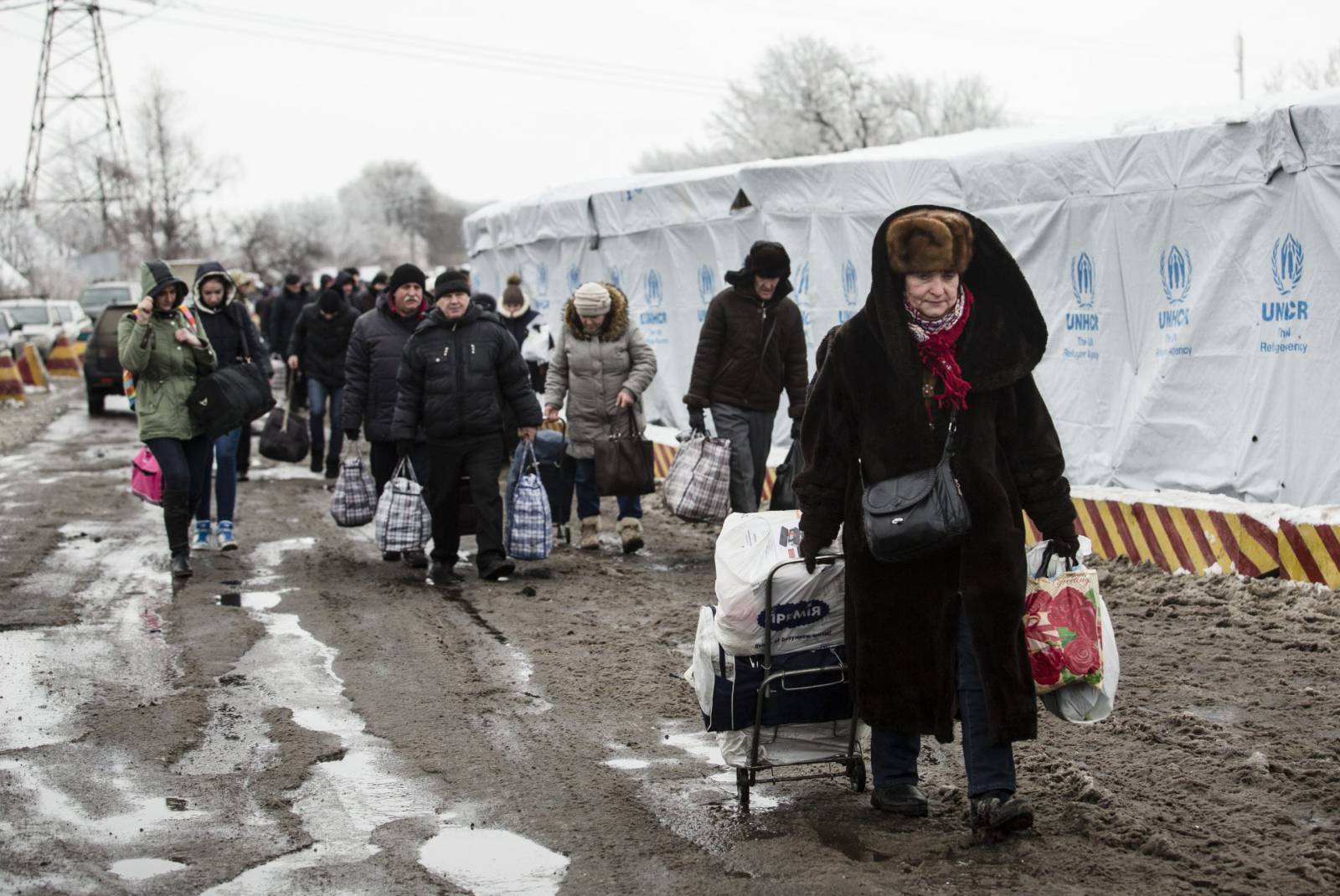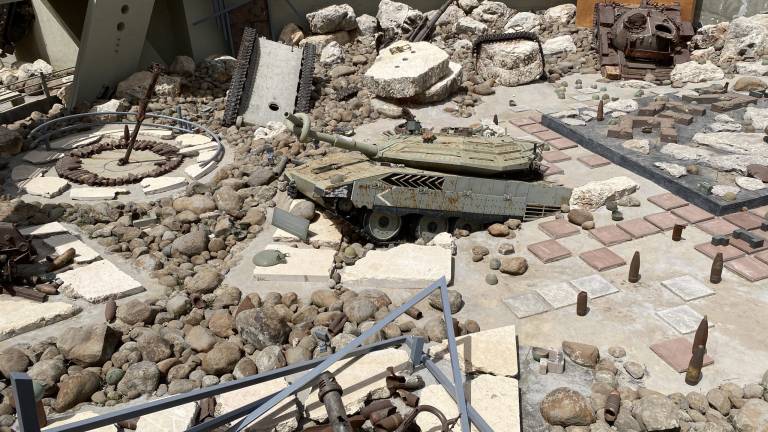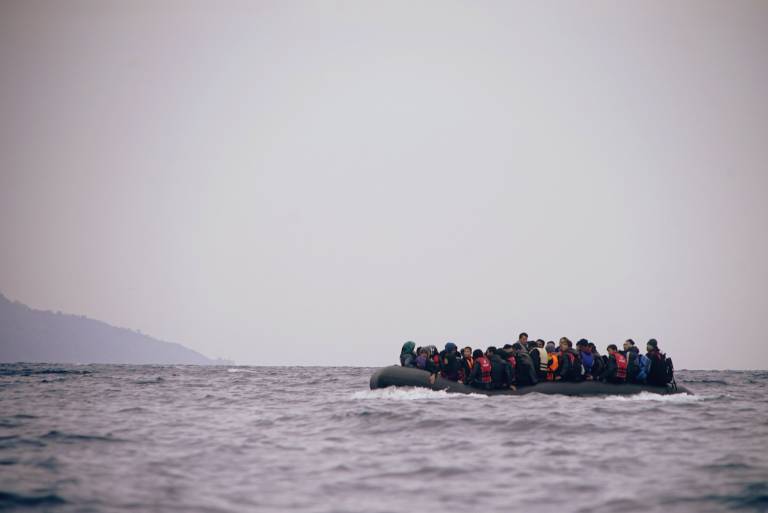Solidarity and sense of shared responsibility do not need to be a zero-sum game.
The war in Ukraine has produced massive, forced displacement both within the country and internationally. According to the UN Refugee Agency UNHCR, during the first weeks of the war some 4,3 million Ukrainians have crossed borders to Poland, Hungary, Romania, Slovakia, Belarus and Moldova but also to Russia as a part of the “evacuation operation” before the attack began. This latter seemed as one step by which the war became staged by the Russian government as a special rescue operation. Globally, there are dimensions of forced displacement that are already visible in the present context, and others that are likely to come up in the longer term. They need to be considered already despite the complexities unfolding in the present.
Neighboring countries as the first reception
People flee first to neighboring countries and then onwards depending on where they may have family members or other contacts, or which country is prepared to host them. This is a pattern seen in most refugee crises worldwide over time. Moreover, those who leave first are usually the most able to do so: they have necessary means and resources to travel, such as information, contacts, and some money. The ailing and the elderly are the least likely to leave, unless accompanied by family members or friends, or via organized evacuation operations. The possibility of leaving also depends on the degree of openness of international borders.
Those who leave first are usually the most able to do so: they have necessary means and resources to travel, such as information, contacts, and some money.
In the context of the war in Ukraine, neighboring countries such as Poland and Hungary quickly changed their stance towards arriving refugees from that of hostility to that of hospitality: they have welcomed refugees. During the first weeks, some 2,5 million persons have arrived in Poland only. However, UNHCR’s statistics report the number of arrivals but not the number of those who have continued their journeys within the Schengen area of free movement, which is likely to push the number down to some extent. Overall, the increasing numbers of arrivals are massive, and necessitate immediate support and relocation of people to other European countries shorter and longer-term. Most worrying is the context of Moldova, a small and poor country, which has already received almost half a million people from Ukraine. Moldova was also flagged early on as one site where human trafficking networks mobilized, as fleeing individuals are likely to believe false promises and risk falling prey to human trafficking.
European Union’s borders are currently open to Ukrainian biometric passport holders, mainly women and children as men between 18 to 60 years of age have been forbidden to exit under the martial law and required to stay in Ukraine in order to defend the country. Exempted are men with proofs of a medical condition and fathers of three or more children. EU member-states have also promised to keep the borders open, and countries across the Union have prepared to host refugees.
The question of internal displacement
Before crossing international borders and becoming refugees, however, people forced to flee do so within the borders of a country. According to UN Children’s Agency UNICEF, during the first month of the war over half of Ukraine’s children had been forcibly displaced. More than half of these children had been displaced inside the country. Internal displacement continues with the shifting emphasis of the most fervent attacks, depending on the possibilities of civilians to evacuate a given location. As witnessed for example in the case of sieged Mariupol and the missile strike on the railway station of Kramatorsk, evacuation of civilians has been difficult, if not impossible in some locations.
Forced displacement of Ukrainians became a more broadly recognized displacement crisis with the Russian Federation’s attack in 2022 only.
Prior to the Russian Federation’s attack on 24 February 2022, there had been internally displaced Ukrainians from the Eastern parts of the country since the occupation of Crimea and the beginning of the war in 2014. Their number has been estimated at around 1,4 million people; added to these people also those who had left Ukraine under different categories of residence permits. Despite the magnitude of this earlier forced displacement, it has figured very little in European debates on migration and asylum. Forced displacement of Ukrainians became a more broadly recognized displacement crisis with the Russian Federation’s attack in 2022 only.
Refugee crisis: what is in the name?
When a situation becomes named as a refugee crisis? This question is relevant as, for the individual, the usually sudden forced departure, tearing apart of one’s life is most likely a crisis, whether it is due to an outbreak of a war or persecution against oneself and often against one’s nearest and dearest in a non-war context.
In a broader context, refugee crisis refers to a sudden departure and consequent influx of people into other countries, which usually first are the neighboring ones. In Europe, the previous such named context was that of the mass movements in 2015–16, but refugee crises have existed elsewhere before and after even due to the forced displacement of the same populations, as for example due to the war in Syria that began in 2011, not 2015. Prior to 2015, the countries most concerned were the ones bordering Syria, such as Jordan, Lebanon and Turkey.
Therefore, one may conclude that different crises do not yield similar responses, and some are not even perceived as such. This is something worth considering also in Europe when wondering why the current war in Europe is not producing the kinds of reactions Europeans would like to witness in all corners of the globe. This is not to belittle the horrendousness of the war in Ukraine but to remind us that crises coming closer to one’s home front, or crises that one follows more closely otherwise, are likely to produce a stronger impact than those where the suffering civilian is more distant and perceived more as ‘an Other’ than as part of a somehow framed ‘us’. This does not indicate, however, that the suffering of more distant others was less real.
Crises coming closer to one’s home front, or crises that one follows more closely otherwise, are likely to produce a stronger impact than those where the suffering civilian is more distant and perceived more as ‘an Other’ than as part of a somehow framed ‘us’.
The EU responded to this refugee crisis very quickly. As with agreeing on sets sanctions, EU member-states reached a sudden consensus in the question of activating the Temporary Protection Directive that enables persons from a given country to arrive and stay for up to three years without the necessity to go through the regular asylum process. This directive was drafted in the aftermath of the Kosovo war and dates to 2001, but it had never been activated, despite many calls for doing so, in 2011 and 2015 for example.
Based on this snapshot, there are several questions raised. One concerns the response to the plight of fleeing civilians into the neighboring countries: contrary to the positions expressed still until very recently earlier, refugees were suddenly considered as having legitimate reasons to flee, and they have been welcomed in more open arms than most people fleeing other recent and ongoing conflicts. This has been replicated at other borders, including ones more distant to the Ukrainian territory: one example are the echoes of the current context in Calais, a border hub where people on the move seeking to reach the UK have been struggling for years. Now the response to those fleeing the current war in Ukraine is completely different. Witnessing these struggles and the sudden change in the reaction and response to the present suffering have raised legitimate critiques, that point out racism and colonial mindset of European approaches to asylum and migration, including at present on presumably open borders.
Contrary to the positions expressed still until very recently earlier, refugees were suddenly considered as having legitimate reasons to flee, and they have been welcomed in more open arms than most people fleeing other recent and ongoing conflicts.
Reflecting this refugee crisis to similar crises elsewhere and crises refugees from other countries and continents encounter at EU borders this very moment, there are signals to consider at this point already.
One concerns the duration of the need for international protection. Refugee crises have had the tendency to grow into protracted refugee situations (e.g., Hyndman and Giles 2011), not because the people concerned would not want to return but because the conditions are not such that return would be a viable option. One clear indication of this are the images of destroyed homes and infrastructure that we have witnessed every day since the Russian Federation began the attack. Behind these damages are destroyed livelihoods and destroyed lives that will take time to be rebuilt. It also takes time to trust that the place is safe enough, that something similar would not happen again.
Reception-wise the prolonging refugee situation may decrease the degree of willingness of host states and societies to continue hosting the forcibly displaced. With time, the validity of given nationalities’ refugee claims has become questioned, as witnessed for example with those of Syrian refugees (e.g., Etzel 2022). Moreover, individual countries may need to consider how to assess asylum claims of those Russian citizens who do not agree with their government’s positions and face persecution because of their political dissent. Not all of them are necessarily high level political activists but the politics of silencing has targeted anyone expressing their stance against the war.
Ways forward: possibility of extended global solidarity?
To conclude, I want to point to another question that has emerged not only now, but in the more broadly welcoming, yet fairly short-term, approach to refugees traversing the European continent in 2015: is solidarity and collective responsibility for alleviating the suffering of the other a zero-sum game, where something allocated to a certain group or population would mean that similar support and solidarity would be automatically ripped off from differently positioned others? Or could we witness, instead, that once such mechanism is activated, referring for example to the technical tool of the temporary protection directive at the level of states and EU institutions, and to broader citizens’ solidarity initiatives as regards to refugee reception also in countries where most people have been rather reluctant to receive refugees.
Solidarity and sense of shared responsibility do not need to be a zero-sum game.
Solidarity and sense of shared responsibility do not need to be a zero-sum game. Once again, an increased number of people have become aware of these forms of human suffering, and hopefully many will share the struggle for global social justice also in the future.
References
Bogdan, Ludmila (2020) Public perception of human trafficking: a case study of Moldova. Comparative Migration Studies 8, 42.
Etzel, Morgan (2022) New models of the “Good refugee” – bureaucratic expectations of Syrian refugees in Germany. Ethnic and Racial Studies 45(6): 1115–1134. DOI: http://10.1080/01419870.2021.1954679.
Hyndman, Jennifer and Wenona Giles (2011) Waiting for what? The feminization of asylum in protracted situations. Gender, Place & Culture 18(3): 361–379. DOI: 10.1080/0966369X.2011.566347






